Interview: Ed Lachman on the Exquisite "Carol" and Dancing with Todd Haynes
 Thursday, February 18, 2016 at 1:54PM
Thursday, February 18, 2016 at 1:54PM  It's our last Carol interview, he announced with a catch in his throat, attempting to let the best film of 2015 go for awhile. Our subject today is one of the great cinematographers, Edward Lachman. His filmography is loaded with essential mavericks of independent cinema like Sofia Coppola, Robert Altman, Steve Soderbergh, Todd Solondz and European auteurs, too. But his most fruitful collaboration has been with Todd Haynes. Carol marks their fourth and arguably best collaboration and brough him his long overdue second Oscar nomination for Best Cinematography.
It's our last Carol interview, he announced with a catch in his throat, attempting to let the best film of 2015 go for awhile. Our subject today is one of the great cinematographers, Edward Lachman. His filmography is loaded with essential mavericks of independent cinema like Sofia Coppola, Robert Altman, Steve Soderbergh, Todd Solondz and European auteurs, too. But his most fruitful collaboration has been with Todd Haynes. Carol marks their fourth and arguably best collaboration and brough him his long overdue second Oscar nomination for Best Cinematography.
The New Jersey native started in Studio Arts like painting and art history and viewed them as more creative outlet than profession. Eventually he found he could earn a living as a cinematographer and a rich succession of images have flooded out of him ever since -- think of the golden ragged warmth of Erin Brockovich, the supremely stylized Sirkian homage of Far From Heaven, and the hazy mystery of The Virgin Suicides. And that's just three titles.
I was eager to get on the phone with the man behind so many beautiful films and share a personal way his work affected me at the beginning of my cinephilia. But first I had to gush over Carol and how much it rewards repeat viewings. He joked that Carol obsessives have seen the movie more times than he has... and he shot it!

NATHANIEL: I began all my Carol interviews this season with "Why are you such a genius?"
ED LACHMAN: Someone once wrote that I'm a 'near genius'. I feel like more of a near genius.
NATHANIEL: [Laughs] Stop qualifying. The movie is exquisitely beautiful
LACHMAN: Thank you. A lot of it has to do with our director Todd Haynes. I'm a conduit to his vision. I interpret it through the images but what's so beautiful about Todd is how he references his stories through conceptual ideas. For me, images aren't just about the aesthetics but the gravity of the content and what the images represent.
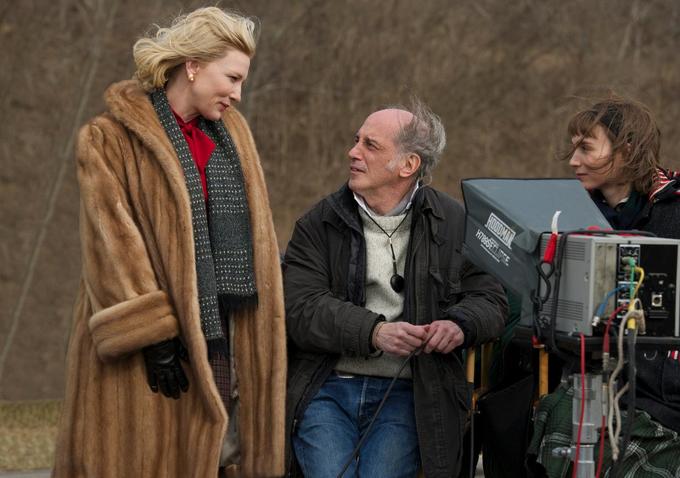 Bachman discussing a shot with Cate Blanchett as Carol
Bachman discussing a shot with Cate Blanchett as Carol
Mm-hmm.
The first thing that gives Carol such strength is that we weren't referencing the cinema. It wasn't the Sirkian world we referenced in Far From Heaven. We looked at the social and political times just after the war and Pre-Eisenhower. What better way to look at that world, not through Hollywood cinema, but to see it through the eyes of photojournalists. The time was 'muted and soiled,' as Todd says. We were coming out of the war and there was a certain kind of grayness to the world. There was the threat fo Communism, the rise of McCarthyism. It was a very uncertain time so what a beautiful way to situate a love story that is also about entrapment and repression.
It's a lot of ideas to work with. His films are always so layered.
For this we took kind of an extension of what we did in Mildred Pierce. We're not referencing the film noir of the Michael Curtiz film but the book and looked at it from a more naturalistic point of view, as if you were documenting the times itself.
And here we are with another adaptation.
This was only the second book Patricia Highsmith wrote, after Strangers in a Train.
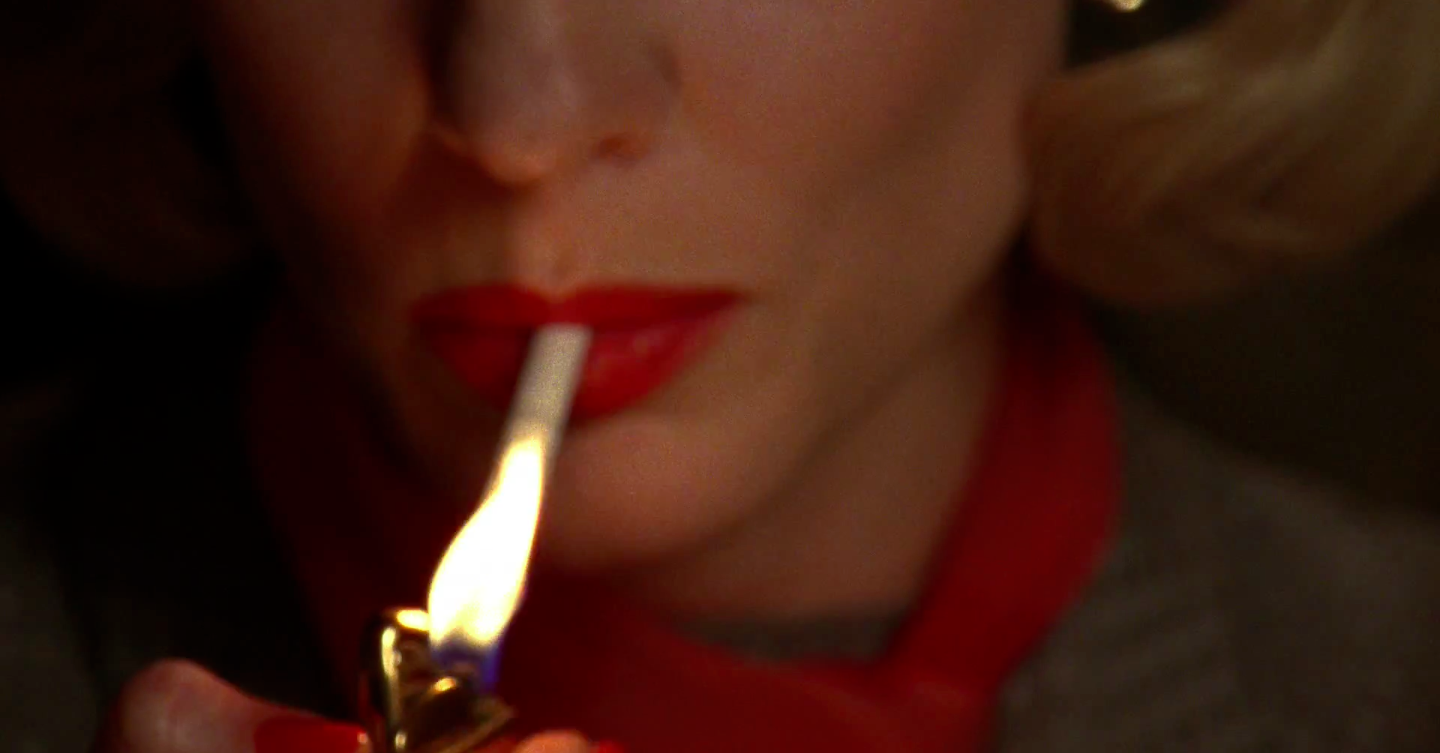
Incredible
It was very personal to her. Like Therese she was working in Bloomingdales and was smitten by a woman (who she never met) and wrote this book out of her imagination about this woman. She actually went out to her house in New Jersey and spied on the woman! Highsmith was always dealing with the subjectivity of the criminal mind. In a certain way this lines up with Therese and Carol. 'Am I going to get caught? Can I outwit circumstance?'
I think Todd Haynes is one of the great filmmakers but he does often get the critique that his approach is too intellectual.
Yeah.
Obviously you had a lot of conversations about the ideas about the images -- but I imagine creating them goes beyond words eventually.
Well, we do our research to allow us our freedom. A lot of the imagery is worked out on the set but first you have a have a philosophical aesthetic approach to the story. One of the conceits was to shoot it in 16 mm. It wasn't just to shoot it in 16 mm but because of the way film looked in that time period. I looked at color photography back then and it didn't have the latitude that we have today. It's more limited. I looked at early ektacrhrome and the color palette of photojournalists who were also delving into art photography -- midcentury types like Helen Levitt, Esther Bubley, Ruth Orkin. Vivian Meier was actually a really good reference for Therese since she's a budding photographer. In the book Therese was studying set design. By making her a photographer it gave us another way into her subjectivity. In the beginning she's seeing herself in reflections and store windows. Later she's more open and able to photograph things outside of herself and, through her affection for Carol, another person.
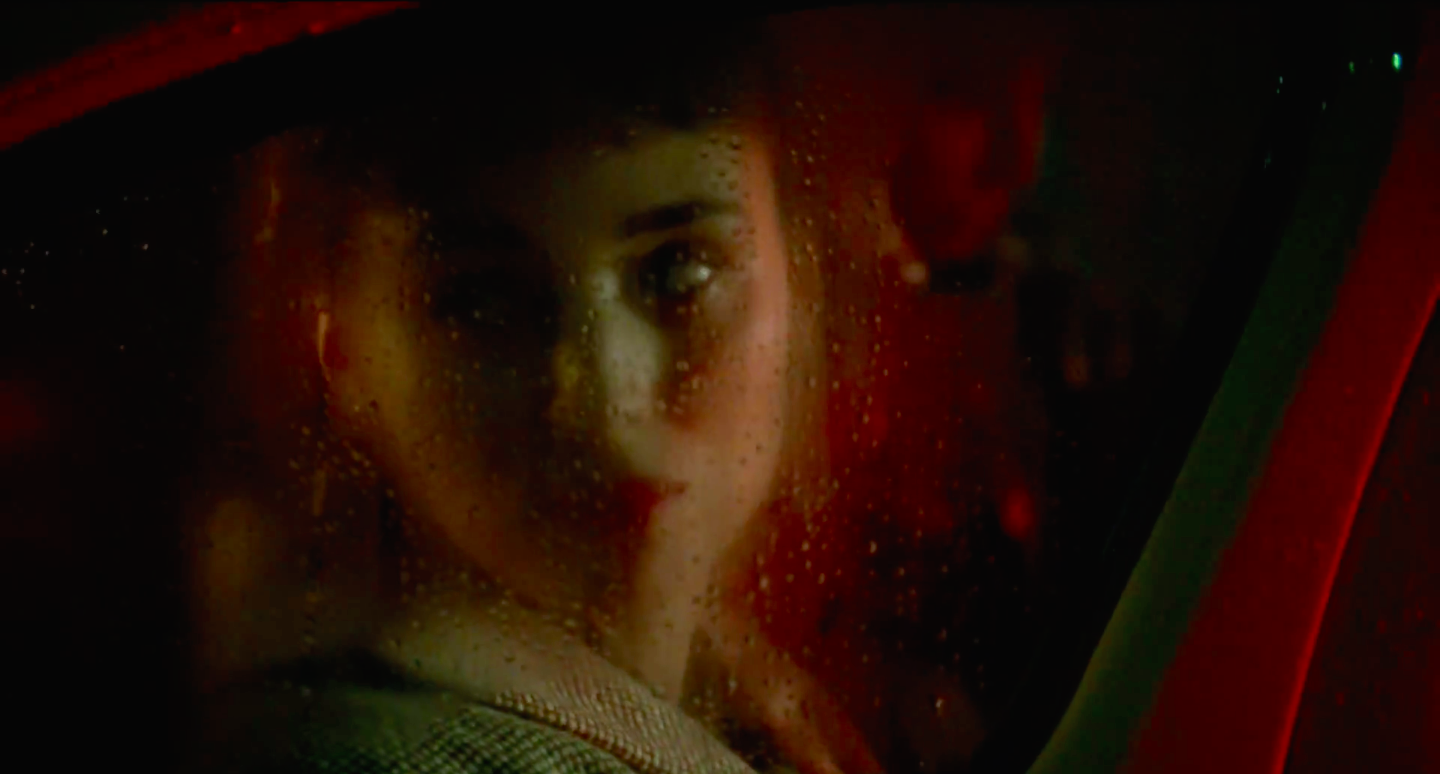
The reason I ask this -- the departure from ideas to something beyond -- is that a lot of the images feel mysterious. Like memories more than images.
That's wonderful. There's this emotional layer that the characters are hidden or trapped so we see them through windows, splattered with street reflections or the winter weather. It's an idea that the viewer is obstructed and inhibited from seeing them as a visual representation of their emotional state. The same thing is happening for them, the difficulty of seeing outside of themselves.
You've worked with a lot of daring filmmakers. Are you naturally drawn to the more iconoclastic artists?
I've always made my own films and have had installations at the Whitney and museums in Germany and France. So I'm drawn to filmmakers and visual artists that have their own unique way of telling stories. I worked with Ulrich Seidl, one of the great directors, in Austria on the Faith trilogy and Import Export. I've worked with Godard and Bertolucci. I seek out or have been lucky to work with other visual artists, that care about exploring the nature of how one tells stories and different visual languages.
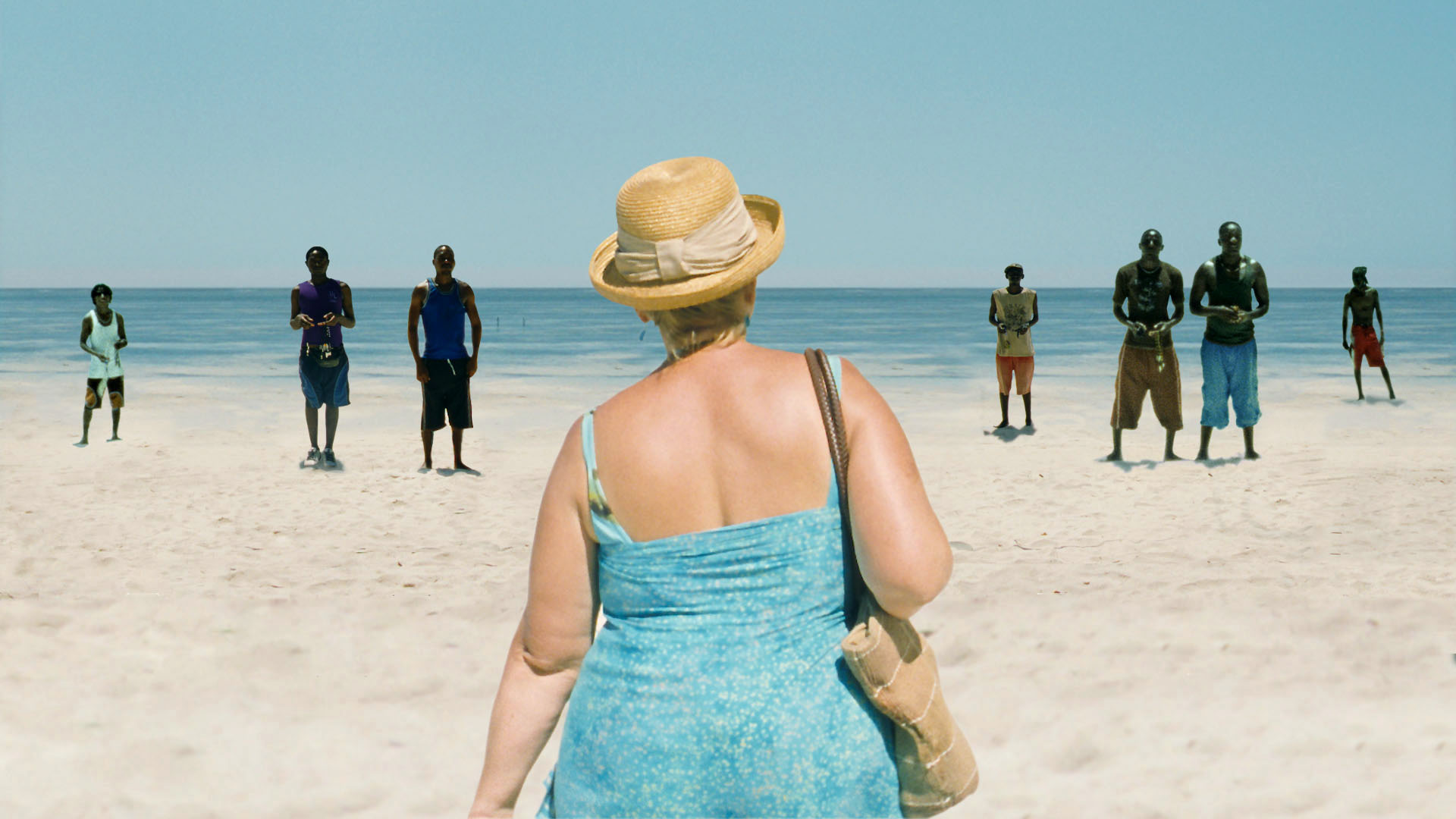 Paradise: Love
Paradise: Love
Does that work for you because they understand your approach better or because they challenge you?
Well, I've made Hollywood films too like Erin Brockovich. You know I don't get a lot of calls for the more mainstream films. And if I do -- I always say 'I don't want to shoot a film I wouldn't want to go look at.'
Ha.
It's a journey but you want to take that journey with people that want to go upstream, you know?
Okay, true Story: when I fell in love with the movies in the 1980s the very first article I ever read on cinematography was about you.
Really?!
I think it was in American Cinematographer? I was suddenly discovering film magazines and it was on Desperately Seeking Susan.
Oh yeah! I tried to stylize it in a way because it was a screwball comedy. I had just come out of film school and I was into German Expressionism so I tried to create the Madonna world in this saturated foreboding abstraction and the Rosanna Arquette world as a muted suburban world.
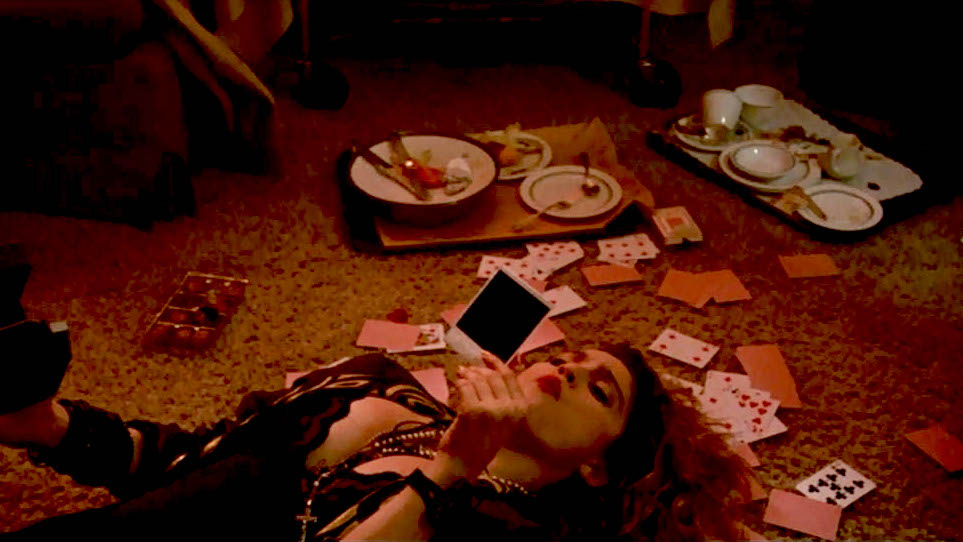 Madonna inventing the selfie in Desperately Seeking Susan (1985)
Madonna inventing the selfie in Desperately Seeking Susan (1985)
I think that's what the article was about, your two worlds approach. For young me it was mindblowing as I'd never before thought about how cinematography works at all. So your work goes way back for me.
Well, I'm not too old but I'm getting there!
What's next for you?
I just finished Todd Solondz film Weiner Dog and it looks like I'm going to do Todd Haynes new film Wonderstruck.
Yay! You've worked together several times now.
Far From Heaven, I'm Not There, Carol. And Mildred Pierce was like four or five films. I guess it's our fate.
[Laughter] You obviously enjoy working together.
The director and the cinematographer - they say it's a marriage but I like to think of it as a dance partner. Hopefully you're in step with the same music.

Lots more on Carol | Interview Index | Visual Oscar Charts | more on Cinematography



Reader Comments (5)
" I always say 'I don't want to shoot a film I wouldn't want to go look at."
What a perfect mantra for a cinematographer, I've been a fan of his ever since "Desperately Seeking Susan". As usual Nathaniel, great interview & thanks.
One of my favorite shifts in Carol's plot is the moment she discovers the drifter is really a Harge's PI. Suddenly the mood changes, a gun appears, stakes materialize out of thin air. It's a beautifully directed sequence which—like you said—lends to the dream/memory play throughout the story. It's like a scene that gets tauter and more vivid with retelling.
Great interview as always, and absolutely fascinating - especially the point about making Therese into a photographer and filming through the lens of a photojournalist. It's definitely part of what makes the film so visually striking
Also, this -
"There's this emotional layer that the characters are hidden or trapped so we see them through windows, splattered with street reflections or the winter weather. It's an idea that the viewer is obstructed and inhibited from seeing them as a visual representation of their emotional state. The same thing is happening for them, the difficulty of seeing outside of themselves."
...is so much better articulated than any of my attempts to talk about this particular visual device. :)
Nice point about the images being like memories, Nat!
Thank you Nathaniel for all of the Caroling. I am going to miss it.
Arghhh...Is there any chance he will win at the Oscar?? rather than Chivo AGAIN!